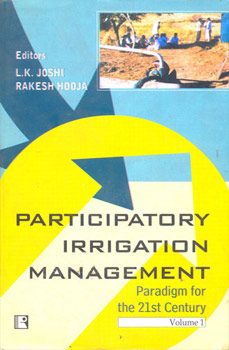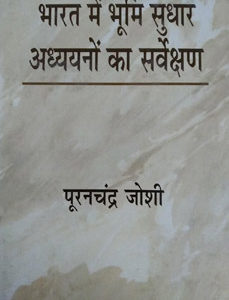PARTICIPATORY IRRIGATION MANAGEMENT: Paradigm for the 21st Century (2 Volume Set)
₹2,195.00 Original price was: ₹2,195.00.₹1,756.00Current price is: ₹1,756.00.
25 in stock
The increase in irrigation potential in India has been a phenomenal four fold since 1951—the beginning of planning era in the country. It proved to be one of the most important inputs for ushering in the green revolution. Almost an exclusive emphasis was placed during this period on construction of irrigation infrastructure. India today has the largest area under irrigation in the world.
However, because of over-involvement with construction-related activities only, the aspects relating to management of irrigation were lost sight of, resulting in several problems such as unreliable and inequitable supply of water to farmers, poor maintenance of systems, poor recovery of water rates, increasing conflicts between irrigators, waterlogging of command areas etc. At the same time, due to financial constraints, it is not possible for the state to maintain the infrastructure.
This is true of not only India but other countries in the world in almost all the continents too. It is now felt that one of the most important reasons for these problems is lack of stakeholders’ participation in the management of irrigation. It is now believed that no worthwhile management of irrigation is possible without farmers’ participation in it.
In order to promote participatory irrigation management (PIM) in India, the Union Ministry of Water Resources organised a series of national conferences on this theme in 1997 and 1999. Many thought-provoking papers were presented in these conferences. This two-volume compilation is the outcome of this endeavour.
| Author's Name | |
|---|---|
| Binding | |
| Release Year | |
| Language | |
| Publisher |
Related products
Agriculture
Agriculture
Agriculture
Agriculture











